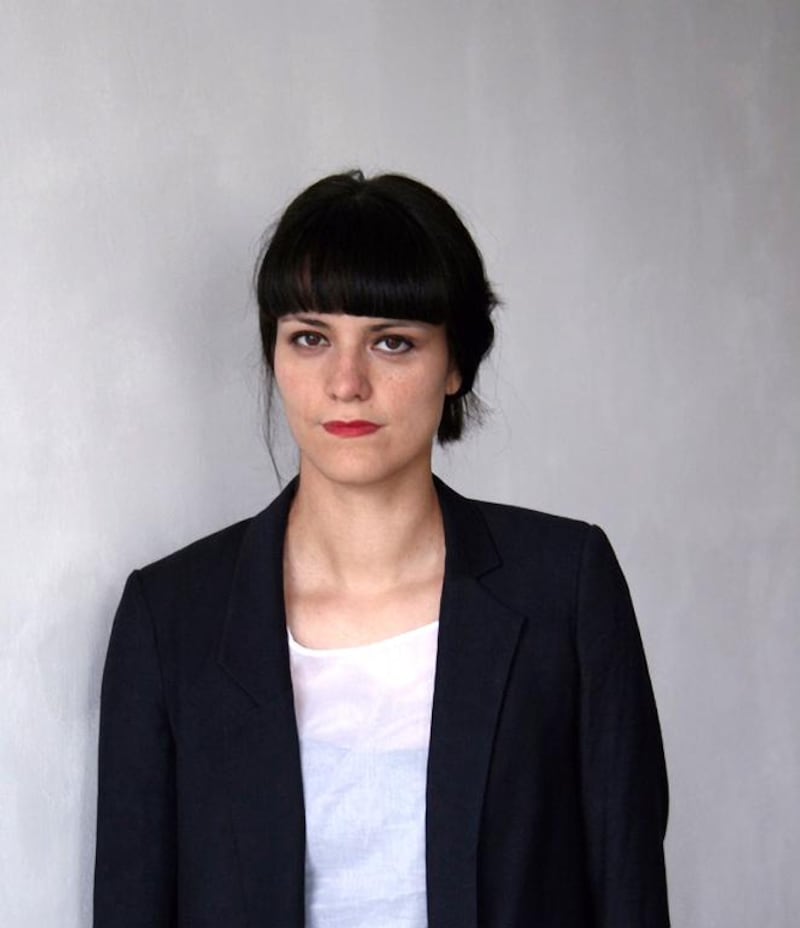In her new show at Dubai's Carbon 12 gallery, German-born Iranian artist Anahita Razmi mines her cultural heritage and appropriates social symbols under the concept of Sharghzadegi (looking up to the culture of the East) – the title of her exhibition and a direct play on the term gharbzadegi, or "struck with the West", which characterised post-revolution Iran.
Can you further explain your concept?
Gharbzadegi is a Farsi term coined by Jalal Al-e Ahmad in the book Gharbzadegi: A Plague from the West in 1962. The term became more important over the years leading up to the Iranian Revolution, and today, one might link it to a form of political propaganda. Within the exhibition, I am using it as a reference. I am using the term Sharghzadegi as the title of my show to brand the works and at the same time question what this labelling does.
Why do you use references such as Iranian TV, the well-known backpack brand East Pak and slogan T-shirts?
By using references from different sources, different levels of recognisability come into the works. Things always have associations, which one can then use, misuse, question or confirm. I can work with that, put different chosen ingredients together and as a result, maybe something different, maybe even contradictory, comes out.
The video work in this show is clever because you dress actors in the visual cliché of a veiled woman but have them enact a conversation about the stereotypes of East Coast and West Coast Americans. How important is irony in your work?
I love people with a good sense of humour, and within my work I think it's a beautiful way to address complex subject matter without being rigid or didactic. At the same time it is a way to offer criticism in a disarming way. My video work in this show, titled Middle East Coast West Coast, is using the recording of a dialogue that is in itself very funny – Nancy Holt and Robert Smithson are playing the clichés of East Coast and West Coast American artists, putting all sorts of stereotypes and exaggerations on the table. Middle East Coast West Coast is shifting the same conversation to the context of the Middle East actually, using other context-specific clichés to make that shift possible.
Do you think your own identity was essential in putting together this exhibition?
It definitely plays a role – I am using my own background to sort of blur identity fixations – I am half-German, half-Iranian and I work with my 50/50-ness. I find it very interesting to see what ancestry seems to trigger when it comes to art, like: she is Iranian and she is doing video performance, so this must be about women’s rights, or she is German, so she is not interesting for my Middle Eastern art collection.
I guess each and every one of us puts things, persons and objects into categories to, maybe, get a sense of order, but as an artist I am trying to disturb those orders. I am trying to take a step back and think about what we talk about when we, for example, use the term “the West”, which is a very commonly used term, actually. At the same time it’s incredibly vague, but one forgets about that vagueness.
• Anahita Razmi’s Sharghzadegi runs until Sunday. For more information, visit www.carbon12dubai.com
aseaman@thenational.ae





